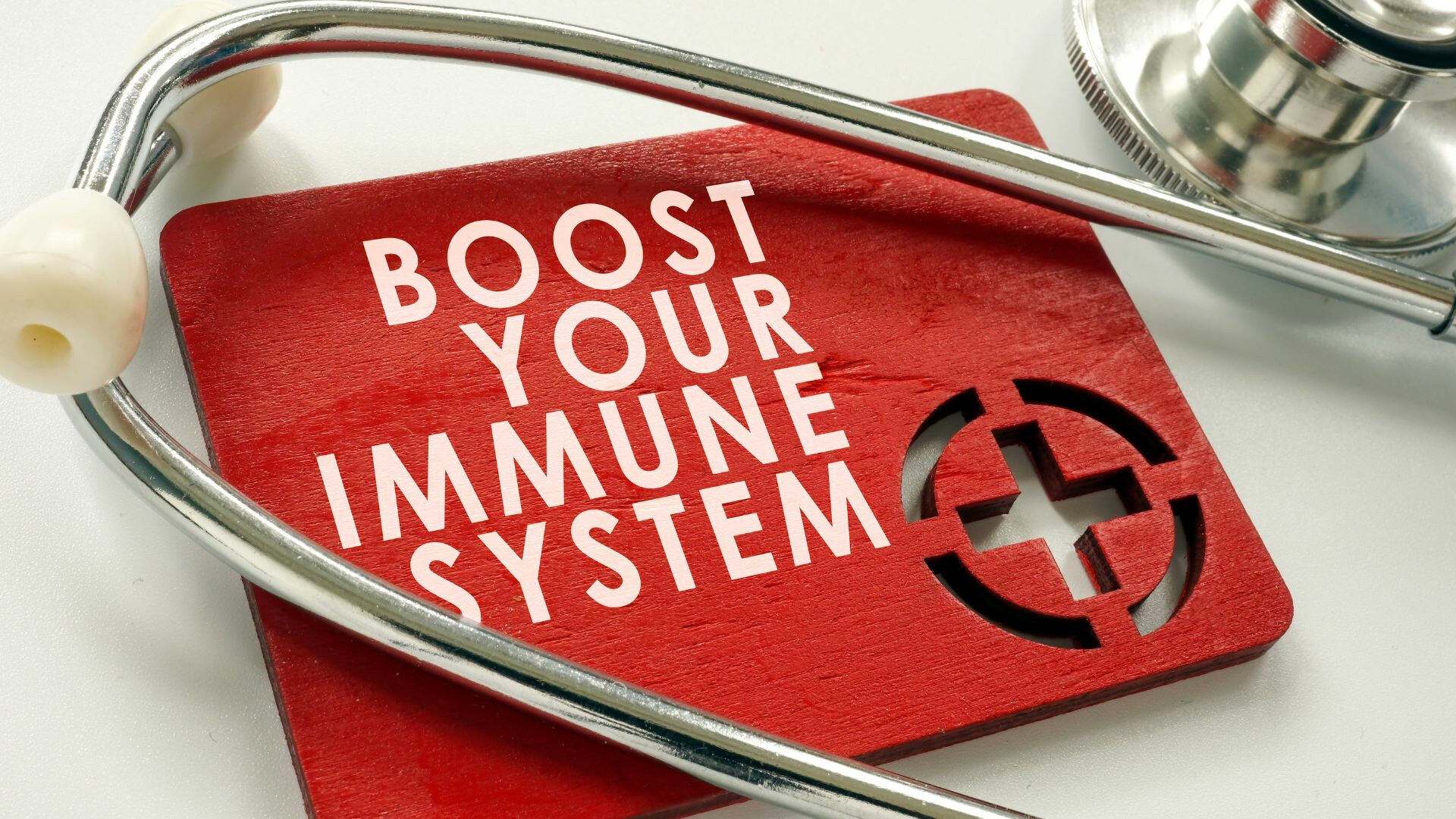Immunizations

Immunizations Checklist: Always contact your physician regarding any immunizations!
Children Birth to 18 years: CDC recommends following the recommended immunization schedule to include measles, mumps, rubella, chickenpox, polio, hepatitis B, diphtheria, tetanus, pertussis, haemophilus influenzae type b, pneumococcal disease, rotavirus, influenza meningococcal disease and human papillomavirus.
Additional Immunizations:
- Influenza Vaccine: (Flu shot):
- Who Needs It: CDC recommends everyone six months and older get a yearly flu vaccine, preferably by the end of October. Typically lasts from October to May. Takes about two weeks for antibodies to develop in the body after vaccine. Adults 65 and older receive the a high-dose version of the shot. Caution: Caution: You’ve had a severe reaction to the flu shot in the past, are allergic to eggs (new recommendations for eggs this season), have (or have had) Guillain-Barré syndrome. If current fever, wait until normal temp.
- How Often: Once a year. The virus itself changes every year, then researchers reformulate a new vaccine. Even if you’re vaccinated, there’s a possibility you could get the flu. How well the inoculation protects depends on different factors, including your age and health status. That said, a flu vaccination may lessen the severity of illness if you do get sick
- Why you need it:Each year, the flu is to blame for hundreds of thousands of hospitalizations and tens of thousands of deaths, and older adults are at higher risk for these serious outcomes. 50-70% of flu-related hospitalizations occur among people 65 and older, according to the CDC, and 70 -80%of flu-related deaths occur among this age group.
- COVID-19 Vaccine: *Starting Sept 25, 2023 get your 4 free covid test at covidtests.gov
- Who Needs It: The CDC recommended for everyone 6 months and older, and especially for people 50 and older, who are considered to be at increased risk for complications from a coronavirus infection. The new updated vaccine was released Sept 19 2023 from either Moderna or Pfizer-BioNTech.
- How often: Health officials haven’t set a schedule for COVID-19 vaccines, but it’s likely the shot will become an annual onefor many, much like the flu vaccine. For now, the advice from health experts is to “stay up to date” on your vaccines. Updated COVID-19 shots were recently approved and are now available in doctor's’ offices and pharmacies throughout the country.
- Why you need it:COVID-19 has killed more than 1.1 million Americans since it started circulating in the U.S. and has hospitalized millions of others.
* You may get your COVID and flu shots at the same time!
- RSV vaccine (Respiratory Syncytial Virus)
- Who Needs It: The CDC recommends that Adults 60 years and older and high-risk infants talk to their doctors before getting this vaccine to make sure it’s right for you. This new vaccine protects you from the worst consequences of RSV, a common respiratory virus that infects the lungs and breathing passages , including nose and throat.
- How often: For now, you need to get it only once. However, the RSV vaccine is new this year, so recommendations could change. What you need: Two vaccines have been approved for older adults one from GlaxoSmithKline, and one from Pfizer.
- Why you need it: RSV is often associated with children, but it can be especially dangerous for older adults, too. Each year it causes 60,000 to 160,000 hospitalizations and 6,000 to 10,000 deaths among adults 65 and older, according to the CDC. In clinical trials, the vaccines were found to significantly reduce the risk of serious symptoms from an infection.
- Parting shot: The vaccine could be especially helpful when it comes to avoiding a fall/winter “tripledemic”— a name used to describe the convergence of flu, COVID-19 and RSV, like we saw in the fall of 2022.
- Pneumococcal vaccine
- Who needs it: Healthy adults 65 and older, or adults 19-64 with certain risk factors (smoking, or health problems, such as chronic lung or heart disease, leukemia, lymphoma or alcoholism).
- How often: Adults who haven’t received a pneumococcal vaccineshould opt for either the PCV15 or PCV20. . If PCV15 is used, it should be followed by a dose of PPSV23 a year later. (If you're immunocompromised, you may get it sooner.)
- Why you need it:Before COVID-19 came along, pneumococcal disease, which can cause pneumonia, killed more people in the U.S. each year than all other vaccine-preventable diseases combined. Young children and those over 65 have the highest incidence of serious illness, and older adults are more likely to die from it. Experts estimate PCV13 (one of the pneumococcal vaccines available) prevented more than 30,000 cases of invasive pneumococcal disease and 3,000 deaths in its first three years of use.
- Parting shot: If you work around chronically ill people — say, in a hospital or nursing home — you should get the vaccine, even if you’re healthy.
- Tdap vaccine (tetanus, diphtheria, pertussis) and/or the Td booster (tetanus, diphtheria)
- Who needs it:The Tdap vaccine came out in 2005, and along with protecting against tetanus and diphtheria, like the vaccine it replaced, it includes additional protection against whooping cough, also known as pertussis. If you can’t remember ever getting this shot, you probably need it. Doing so, Katz says, can count for one of the Td boosters you’re supposed to get every 10 years. (You know the one ... it’s the shot you wonder if you’re current on after you step on a rusty nail during your vacation.)
- How often:Adults should receive a booster dose of either Tdap or Td (a different vaccine that protects against tetanus and diphtheria, but not pertussis) every 10 years, the CDC says, or after five years if you get a severe wound or burn.
- Shingles (herpes zoster) vaccine
- Who needs it:The CDC recommends that everyone 50 and older get the Shingrix shingles vaccine, even if they had the earlier recommended vaccine, Zostavax — which was much less effective — and even if they’ve already had shingles.
- How often: Shingrix comes in two doses, spaced two to six months apart.
- Why you need it:One in 3 people will get shingles, usually after age 50. The risk rises with age. By 85, half of adults will have had at least one outbreak. Chicken pox and shingles are caused by the same virus, varicella zoster. After a person recovers from chicken pox, this virus stays dormant for decades in the body, ready to appear when the immune system is weakened by stress, medication or disease. This infection causes a red rash and painful blisters. About 15 percent of sufferers are left with extreme nerve pain — a condition called postherpetic neuralgia, which can last for months or years. Shingrix can protect 97 percent of people in their 50s and 60s, and 91 percent of those in their 70s and 80s.
- Hepatitis A vaccine Who needs it:People 50 and older who are at high risk for hepatitis A, a disease of the liver. Infections result primarily from travel to another country where hepatitis A virus transmission is common, through close contact with a hepatitis A–infected individual, or recreational drug use. How often: Once, but given in two doses over six months. Why you need it: Hepatitis A rates in the U.S. have declined by more than 95 percent since the hepatitis A vaccine first became available in 1995. In 2016, there were an estimated 4,000 hepatitis A cases in the U.S. Parting shot: This is a sneaky disease. You may not have any telltale signs — and the likelihood of symptoms decreases as you age.
- Hepatitis B vaccine Who needs it:Adults 50 and older who are at risk for contracting hepatitis B, a liver infection. Hepatitis B is transmitted when a body fluid (blood, semen, saliva) from a person infected with the hepatitis B virus enters the body of someone who is not infected. This can happen through sexual contact, or contact with blood or open sores (say, from a job that exposes you to human bodily fluids) or sharing anything from a needle to a razor to a toothbrush with an infected person. Other risk factors for infection include being on kidney dialysis, traveling to countries where hepatitis B is common, or having HIV. How often: Adults getting the vaccine need three doses — the second dose given four weeks after the first; the third dose five months after the second. There is also a combination vaccine for both hepatitis A and B called Twinrix, which is given in three doses over six months. Why you need it: The CDC estimates that the number of new hepatitis B infections in 2021 was 13,300. Talk to your doctor if: You have a life-threatening allergy to yeast, or to any other component of the vaccine, or you are moderately or severely ill when a dose of vaccine is scheduled.





Login To Leave Comment